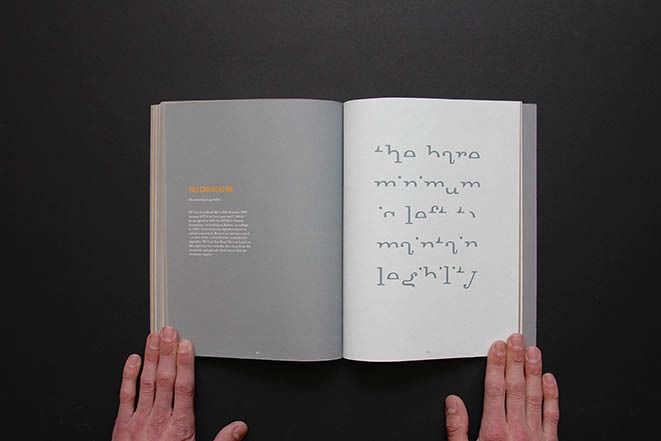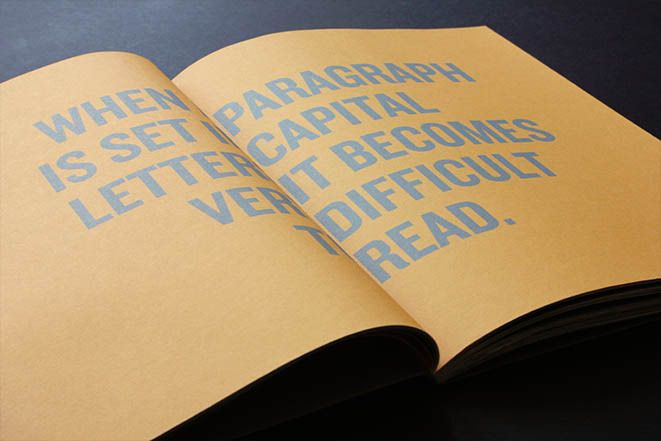Dyslexia Book Uses Typography Tricks, Jumbled Letters To Give Readers Taste Of Disorder [PHOTOS]

Sam Barclay’s current Kickstarter project is pretty frustrating — in a good way, though. Barclay is dyslexic. He’s also an expert typographer. It was only fitting that he combine these two traits with his passion for spreading the word about dyslexia, helping people to understand what it’s like to struggle with the disorder in a new book, called “I wonder what it’s like to be dyslexic.”
“Being dyslexic, I noticed that available help was always about making me read better,” Barclay explained in his Kickstarter video. “Very little effort was made to help the people around me understand what it feels like.”
So he drew upon his passion for typographical design and set to work on crafting a book whose pages are filled with scrambled, melting letters, misplaced words, hard-to-read typefaces, mismatched colors, and dizzying fonts. “My aim has been to create a beautiful design-led experience about what it feels like to struggle with reading,” he said. “I wanted this book to be equally at home on a coffee table as in a school classroom and a business environment.”

Often, a child who is dyslexic has family members who share the reading disorder. They’ll have trouble visualizing letters due to the way the brain processes the letters, turning reading from an enjoyable source of relaxation to a mentally taxing, exhausting effort. Words may seem jumbled, upside down, or backwards. Internationally, there is no single agreed-upon definition for the disorder, yet researchers often characterize it as independent from other neurological processes. The World Federation of Neurology defines it as “a disorder manifested by difficulty in learning to read despite conventional instruction, adequate intelligence, and sociocultural opportunity."

Dyslexics are not unintelligent, but the disability may lead to greater difficulty learning, exacerbated social problems, and, in certain cases, unfulfilled potential as an adult.
“People that have difficulty reading are often capable of thinking in ways that others aren't," Barclay explained. "Encouraging those with reading difficulties... to excel in ways that make sense to them is not just important, it's crucial."
Part of this importance stems from dyslexia being the most common language-based learning disability in the world. Of people with reading difficulties, an estimated 70 to 80 percent struggle with some form of dyslexia. More sweeping estimates peg the overall rate at around five to 10 percent of the population being dyslexic, although according to University of Michigan figures, the rate could be as high as 17 percent.

Once children gain full use of their reading ability, it becomes much harder to empathize with children who can’t internalize the necessary tools. It’s near impossible, for instance, to look at a word in your native tongue and not read it, to just look at the symbols, estranged from their meaning. Once we learn to read, our brains forget what it’s like not to associate symbols with letters. It’s for this reason, Barclay says, that his book is so vital to uplifting and enlarging dyslexia to people worldwide.
“If those around them — be it their teachers, parents, or fellow students — can begin to understand what it feels like for them to be face-to-face with a page of text,” he said, “the positive impact on their self-esteem will be felt for the rest of their lives.”
Published by Medicaldaily.com



























